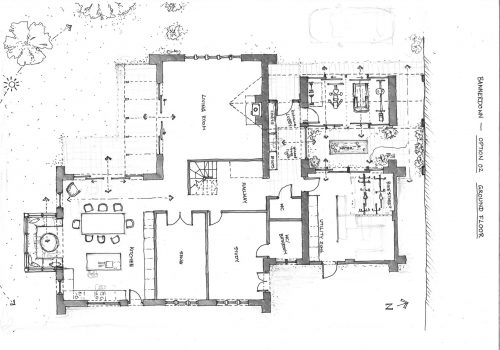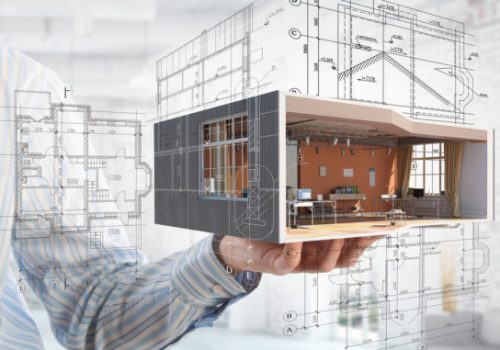In the ever-evolving realm of architecture, effective communication and seamless teamwork are paramount to success. As architectural projects grow in complexity and scope, the need for robust collaboration tools becomes increasingly vital. In this guide, we explore the world of collaborative software and platforms that empower architectural teams, clients, and stakeholders to collaborate in a synchronized and efficient manner.
Navigating the Landscape of Collaboration Tools
The Role of Collaboration Tools in Modern Architecture
Collaboration tools have emerged as essential components for architectural teams to foster efficient communication, manage tasks, and ensure alignment throughout the project lifecycle.
Addressing the Challenge of Distributed Teams
VR allows clients and stakeholders to virtually step into a design, exploring spaces, materials, and ambiance as if they were physically present. This immersive approach enhances understanding and engagement.

Must-Have Collaboration Tools for Architects
Building Information Modeling (BIM) Software
BIM software such as Revit and ArchiCAD offers a collaborative environment where multiple team members can work on the same project simultaneously.
Project Management Platforms
Project management tools like Asana and Trello facilitate task tracking, progress monitoring, and efficient project coordination.
Enhancing Client and Stakeholder Engagement
Virtual Collaboration Platforms
Virtual collaboration tools enable architects, clients, and stakeholders to hold virtual meetings, discuss designs, and provide feedback in real-time.
Cloud-Based Document Sharing
Cloud storage platforms like Dropbox and Google Drive ensure seamless sharing and access to project documents, eliminating version control issues.
The Future of Collaboration in Architecture
Augmented Reality (AR) Collaboration
AR collaboration tools are on the horizon, offering architects and stakeholders the ability to interact with 3D models in physical spaces.
AI-Driven Collaboration
Artificial Intelligence-powered tools may revolutionize collaboration by automating tasks, offering insights, and optimizing decision-making.
FAQs: Collaboration Tools for Architectural Teams
In Conclusion
Collaboration tools have become integral to the success of architectural projects, enabling architects, clients, and stakeholders to collaborate seamlessly and achieve design excellence. From real-time project management platforms to virtual collaboration environments, these tools provide a unified space for teamwork, communication, and creative exploration. As the architectural landscape continues to evolve, architects who embrace and harness the power of collaboration tools will find themselves better equipped to navigate the challenges of the industry and bring their visionary designs to life.






